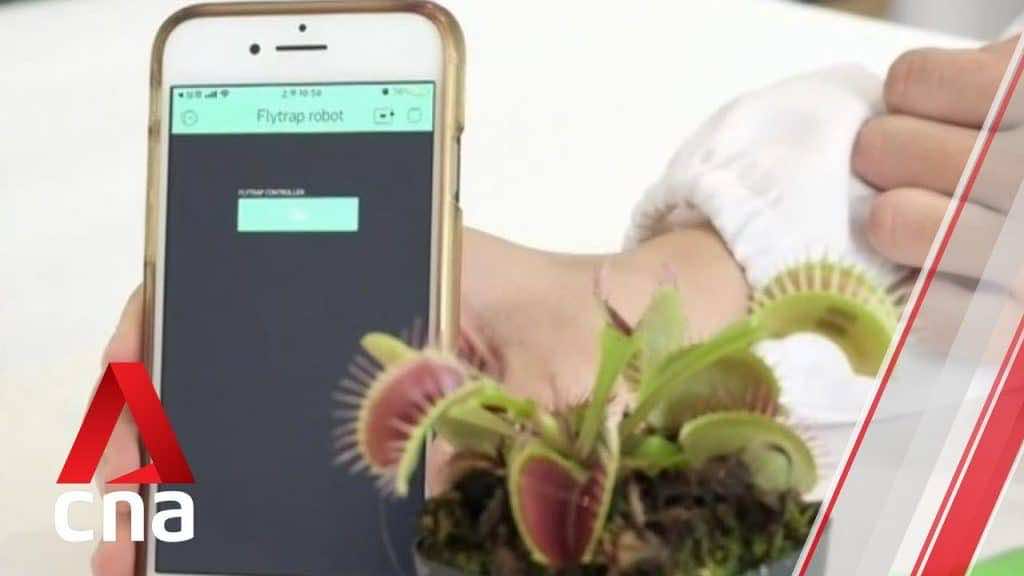Researchers used electrical signals to control the opening and closing of a venus flytrap’s leaves.
Wouldn’t it be an amazing feeling to ask your indoor plants why their leaves turn brown, or why aren’t there any flowers grown on them yet? Plant lovers sure would be amused just by the idea of it.
The concept seems like something not so real. However, communicating with plants and caring for them isn’t far from being achieved soon. How? Because Nanyang University Technology researchers have created a tech that communicates with plants through electrical signals. The novel device would help better transfer the information about the environment and even enable the plants to direct their movement. The scientists believe their novel creation will get us to a new research area into robotics based on plants. The new research was published in Advanced Materials and Nature Electronics.
The world has been fighting a continuous battle against climate change. Now, the new technology promises to make that easy, as knowing more about what plants require and caring for them better would allow us to sustain our environment effectively.
“Climate change is threatening food security around the world. By monitoring the plants’ electrical signals, we may be able to detect possible distress signals and abnormalities,” said lead author Professor Chen Xiaodong in a statement. “When used for agriculture purposes, farmers may find out when a disease is in progress, even before full?blown symptoms appear on the crops, such as yellowed leaves. This may provide us the opportunity to act quickly to maximize crop yield for the population.”
Plants release electrical signals when they interact with the environment, knowing this is where the idea of creating a plant-based robot system is derived from. The electrical signals indicate what the plants are doing, which is where the novel device comes in. It will be able to read those communication signals resulting in helping us to understand the plants better.
The electrical stimulation and sensing are done through electrodes, but they connect on smooth surfaces. Attaching these electrodes to the plant’s surface was a challenge on its own, given its surface covered in tiny hair and bumps. The scientists developed a special gel electrode instead of connecting the plants with the conventional one. Researchers tested the new gel-like morphable electrode with the Venus flytrap plant, and it maintained a good contact. The morphable electrode then relayed back the signals that the plant was emitting. The researchers then were able to talk back using electrical signals for command, which resulted in the closing of its leaves.
With the initial testing being successful, the researchers are now confident that the new creation will pave the path for active crop monitoring and the creation of sensitive robotic arms for better harvesting. It is also a way forward towards creating sustainable robotics and ultimately towards saving the environment with plants.

